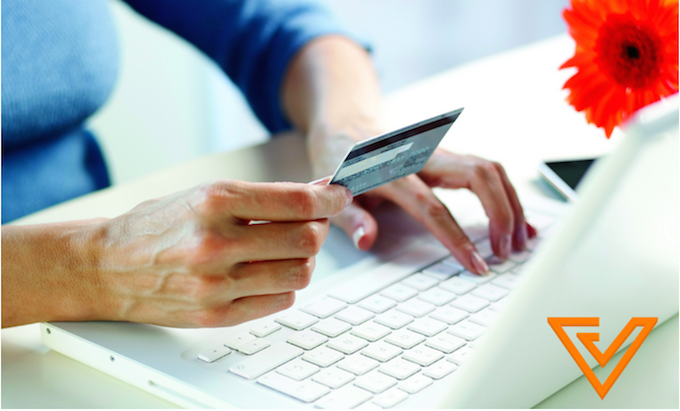Despite the various ways in which both vendors and financial companies try to secure your money online, there’s still that perpetual underlying feeling that you could lose your entire life savings through one dubious transaction. Whether it’s just innate insecurity, or the fact that you tend to shop on dodgy websites, here are 7 ways to shop online with the confidence that you won’t get a weird invoice in your inbox:
1. Look for Secured Websites
Here’s a little Internet101 lesson: There is a difference between HTTP and HTTPS websites. The “S” stands for secured. Also, you may notice that certain websites have a lock icon in the URL bar. This means that the website has a Secure Sockets Layer (SSL) connection. Always a good thing when you’re going through a payment gateway, and should be a standard icon in most popular browsers.

2. Watch Out For Your WiFi Network
These days, it’s easy to latch on to a multitude of free wireless networks such as Wireless@SG or Y5Zone if you are doing some leisurely browsing at a nearby Starbucks. However, do note that most of these WiFi networks are unsecured and probably not optimal if you are making a transaction.
It would be wise to never enter private information or your credit card details on an unsecured network.
3. Never, EVER, Send Your Credit Card Details in One Line Over Email
If you need to send your card details to a friend for whatever reason, do not ever send it one email, and certainly not in one string. Chop up the numbers or use special characters, but make sure it’s not identifiable to an automated hacking system as a credit card number. Even if you are sending a WhatsApp message, you should abide by the same rules.
4. Change Your Passwords Regularly
I know how irritating this is to keep track of, but it’s a necessary evil in order to prevent a lot more hassle. Trust me, I’ve gotten my Apple account hacked before and as helpful as the Apple service staff were, it’s really not worth the stress and annoyance having to undo the damage.
You’ll be blown away as to how poor some of the passwords people set are. So do yourself a favour, and start by setting a strong password. This applies especially to social media sites and other communication platforms like your email that may contain certain sensitive information. A time frame of 30-90 days is usually recommended.

Also Read: 7298 social media accounts were hacked in Singapore, Thailand and Indonesia
5. Save a Copy Of Your Orders
Both for personal tracking purposes as well as for evidence, saving a copy or receipt of your online orders will make your life a lot easier should there be any dispute. Most legitimate sites will provide you with an e-receipt which you can then store as reference.
6. Use a Trusted Vendor
In the world of online shopping, most of the times if it’s too good to be true, it probably is. Have any of you noticed those weird “Ray Bans at 80% Off” Facebook Ads on your sidebar where every single link is to a different page, and has absolutely nothing to do with the official Ray Ban webpage but uses a Ray Ban name in its URL?
Yeah, not legit at all.
It might be extremely tempting to go tell your friends that you got a killer discount on a purchase, except that you may never even see that purchase at all. This is basically the online equivalent of your parents nagging you to “never talk to strangers”. Needless to say (but I’m going to say it anyway), you should never give your credit card details out on these sites.
7. Check Your Billing Statements
Last but certainly not least, check your credit card statements. I will admit that even I forget to do so sometimes, but with the developments in mobile and Internet banking technology, there is really no excuse to not be on top of things. A regular glance at your statements will take all of 5 minutes and save you a world of headaches if you spot a discrepancy.
If you do find something amiss, contact your bank immediately. Their fraud reporting procedures are relatively straightforward so you should try and nip the problem in the bud before it’s too late.
Also Read: While Online Shopping Takes Off In Singapore, Shoppers Still Concerned About Security
This Article originally appeared on MoneySmart, a content partner for Vulcan Post.














